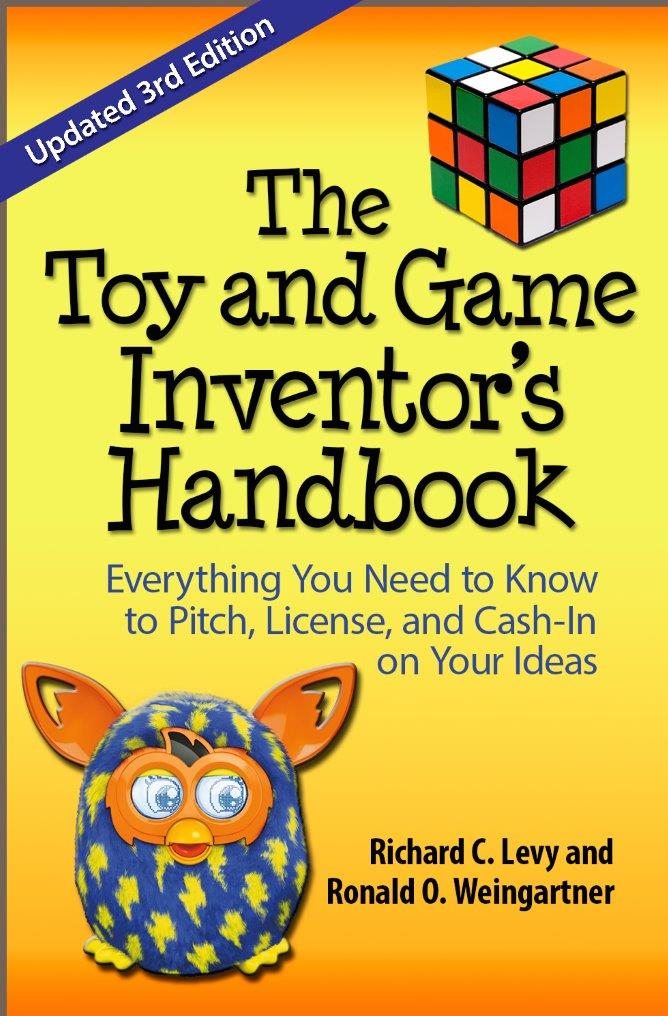In the real world, each toy company searching for the next mega-hit, has its own unique process to gather, judge, and select new opportunities to fit existing lines and align with a company's current market read. Traditionally, sifting through inventor ideas has been committee affairs with sales, marketing, development and other senior management staff agreeing collectively which new product ideas to embrace. Whereas getting an idea licensed may be nerve wracking for inventors, it is a huge financial gamble when a marketer attempts to launch the next toy fad.
The Toy Box show takes Mattel's bizarre selection process public as broadcast entertainment rather than serious product business. They apparently feel it is time for precocious youngsters rather than experienced adult toy people to chose what should be in future toy boxes. Choosing new ideas has always been something of a "shark tank" with the better opportunity eliminating others based on sound business judgment. Presumably, Mattel feels its well rehearsed youthful Toy Box panel of 7 to 13 year olds represents ultimate consumers. Certainly the kids are not prepared to consider serious development, costing, sales, and marketing questions common to the real world. It was amusing to me when one panelist following the script asked the anxious toymaker, "What will this idea cost?"
On another media stage, technology has entered the new toy and game selection process. Kickstarter and other crowd funding venues have become sites where new ideas are viewed by millions of eyeballs. Backers give early financial support when a pitch video hits their WOW buttons and they "gotta have the idea". Increasingly, toy marketers (Mattel included} are watching for those Kickstarter successes that can become licensed product and taken to the retail marketplace.
Whatever the selection process, be it adult committees, actors on broadcast TV, or Kickstarter pitches, hopefully toy inventors continue to bring forth and license unique and innovative ideas to industry marketers to fill future toy boxes. There is a saying in the industry, "Product is king". Toy inventors with their product ideas have long been active and vital kingmakers.
For a more detailed critique of The Toy Box Show by Blurred Reality, go to this link:
https://www.realityblurred.com
As the show labors on with additional episodes, viewers will likely be left with the unanswered question: What was Mattel thinking by shinning network TV time on this laborious product selection process???
































